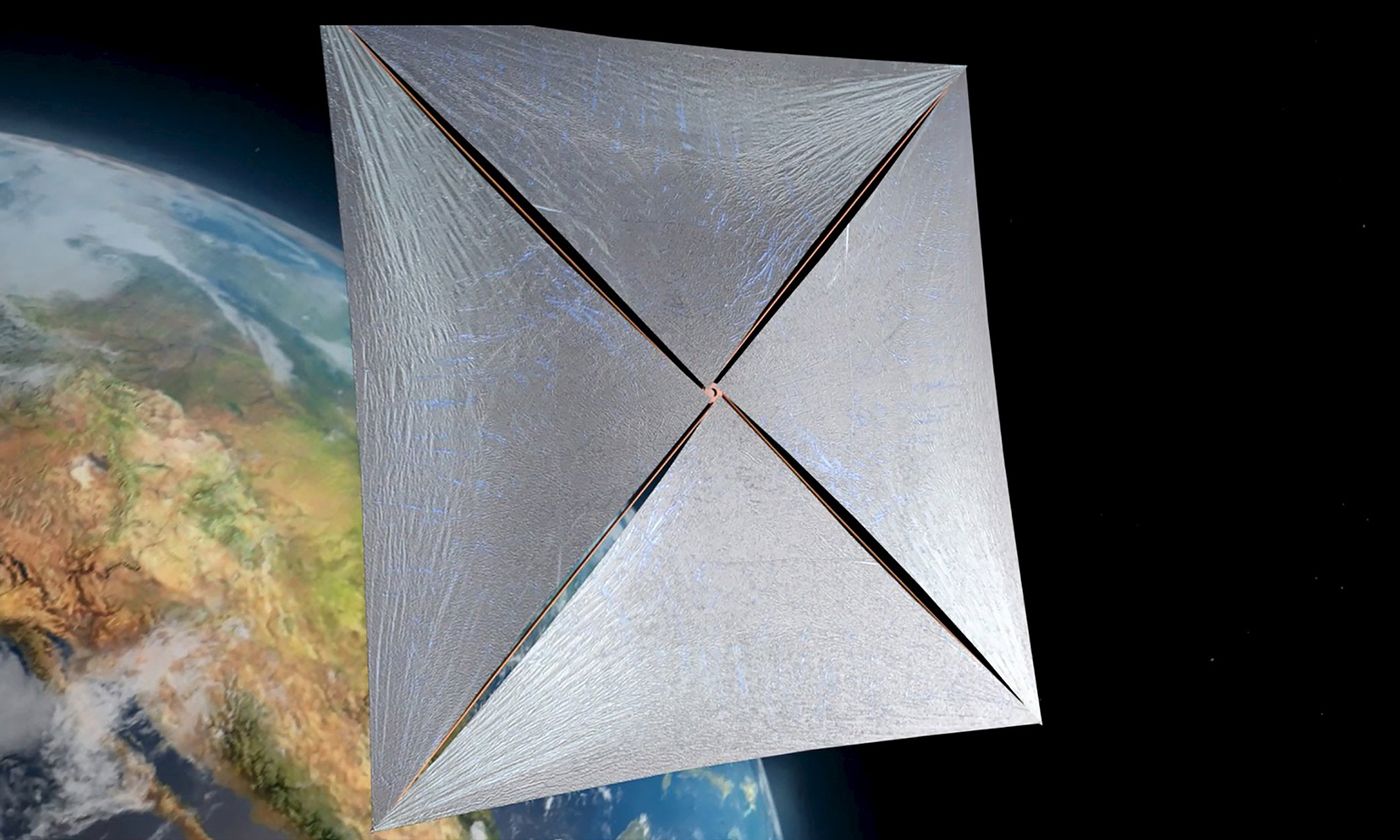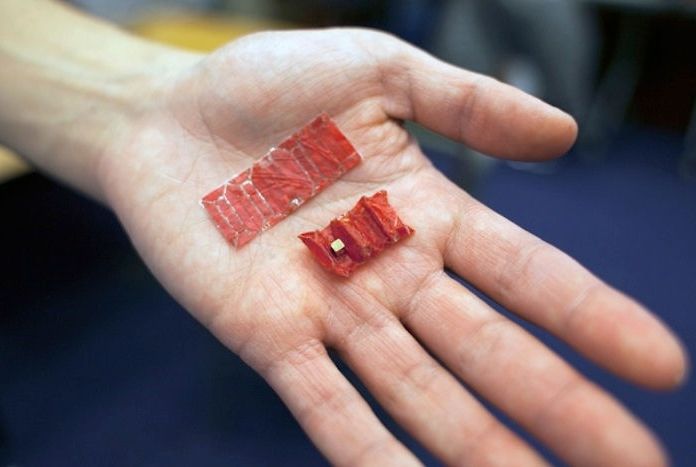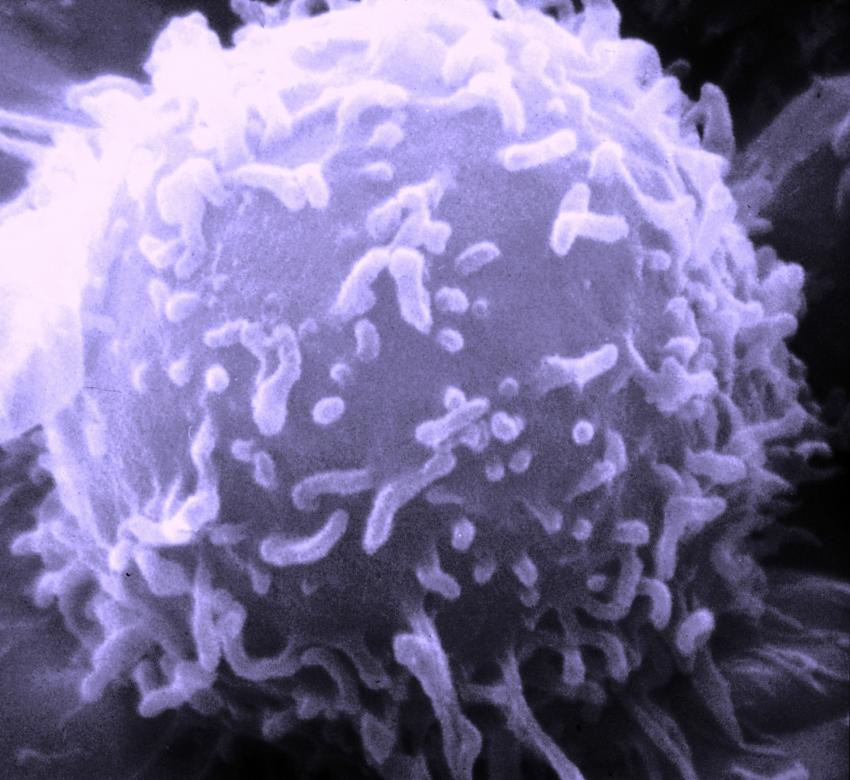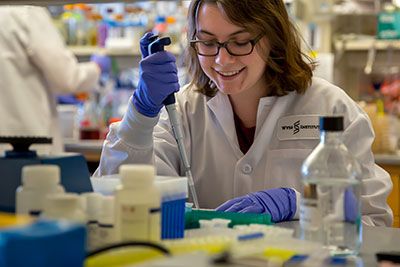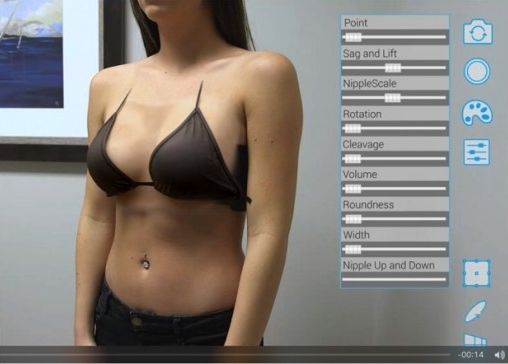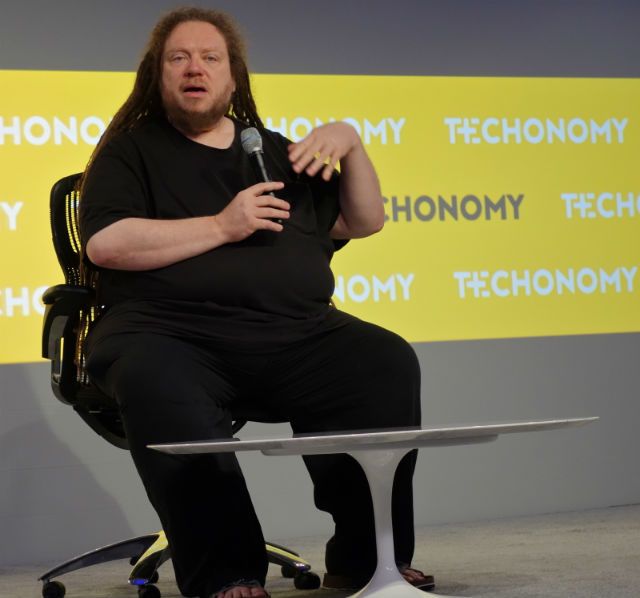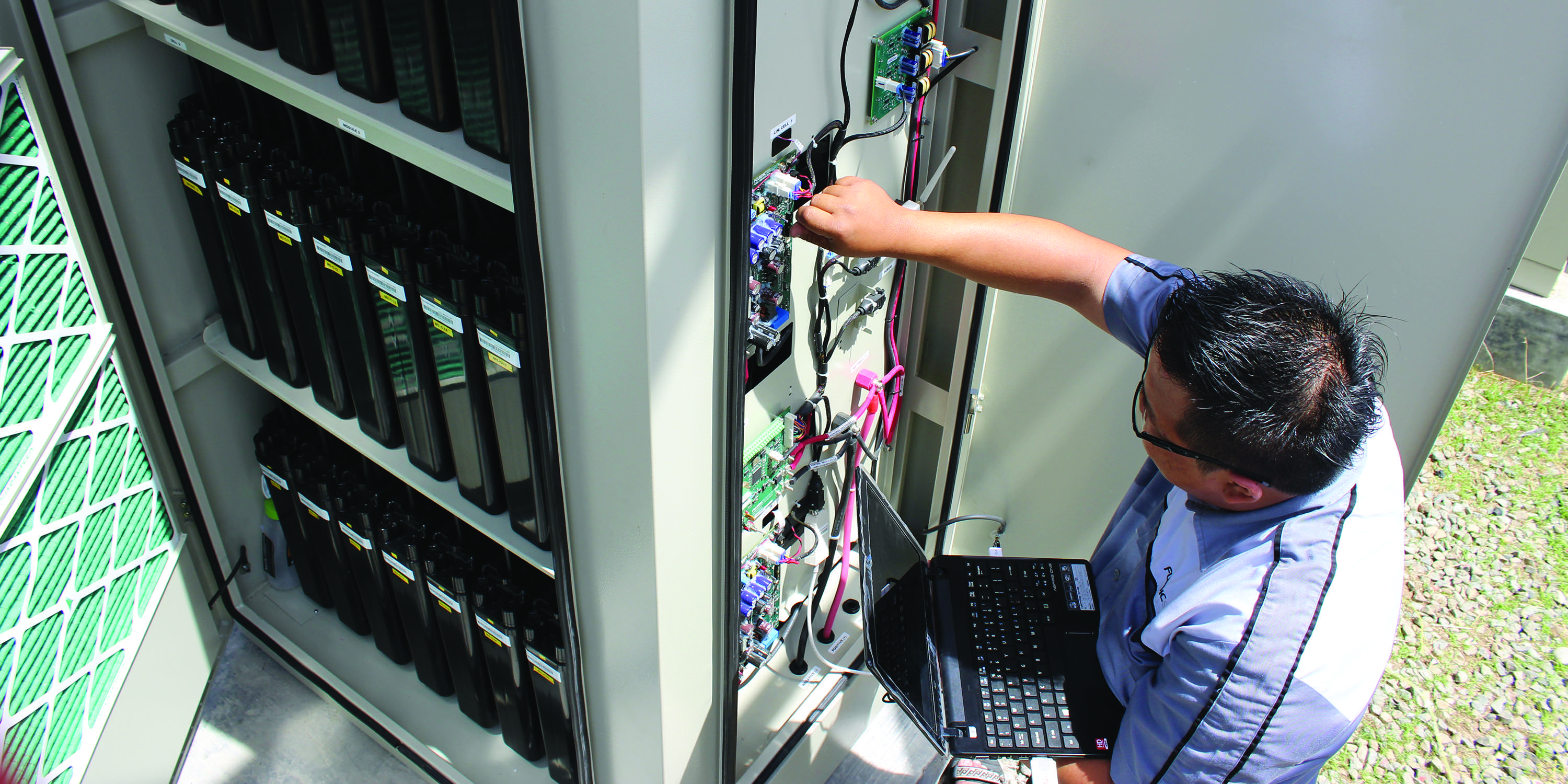May 24, 2016
New evidence could break the standard view of quantum mechanics
Posted by Andreas Matt in categories: particle physics, quantum physics
Quantum mechanics is difficult to understand at the best of times, but new evidence suggests that the current standard view of how particles behave on the quantum scale could be very, very wrong.
In fact, the experiment hints that an alternative view predicted almost a century ago might have been right this whole time. And before you get too bummed about that, the good news is that, if confirmed, it would actually make quantum mechanics a whole lot simpler to understand.
So let’s step back for a second here and break this down. First thing’s first, this is just one study, and A LOT more replication and verification would be needed before the standard view comes crumbling down. So don’t go burning any text books just yet, okay? Good.
Continue reading “New evidence could break the standard view of quantum mechanics” »

